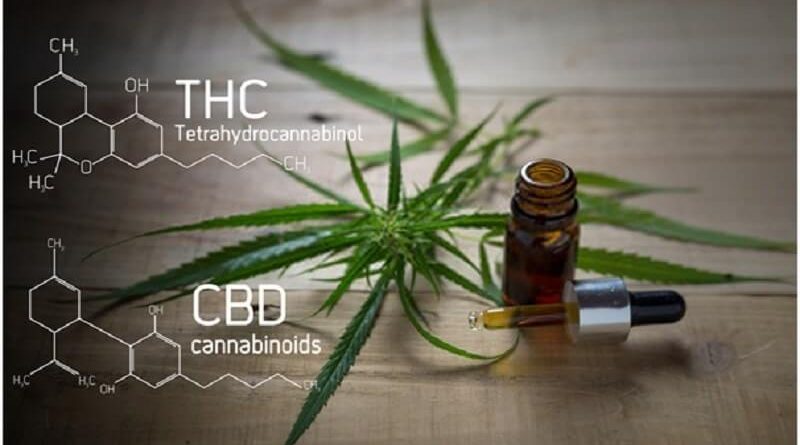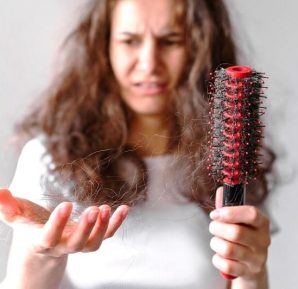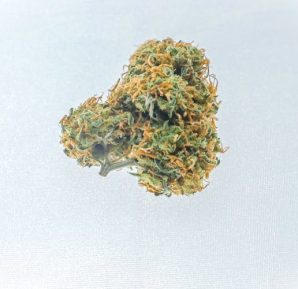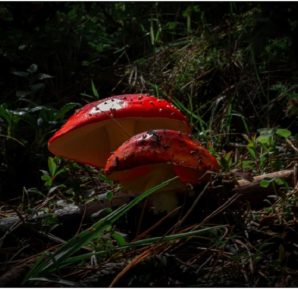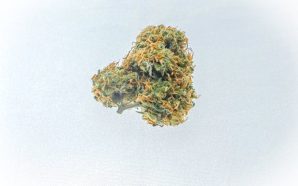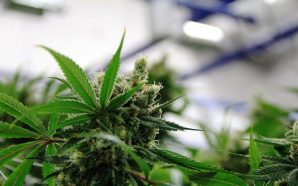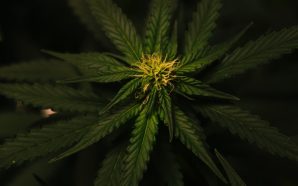Glancing through some articles, I came across a startling fact.
Cannabis consumers lack basic knowledge about cannabis.
That’s right! According to the survey conducted by the University at Buffalo and the University of Michigan, even the most frequent and enthusiastic cannabis consumers have no idea about cannabinoids and basic dosage. And that’s just one instance. Even with a supposed wave of CBD and it’s ever-rising popularity, not a lot of people are familiar with its legalities, effects, and use. Considering the rising numbers of cannabis consumers in the US, this disclosure of facts is shocking.
This is why I decided to act upon these revelations by revisiting the basics of cannabis in this post. So read along to refresh your facts and see if your cannabis knowledge goes beyond just rolling a joint.
What Are Cannabinoids?
When inhaling a bong or biting into a brownie, do you ever wonder how does this green bud have the capacity to affect the body in such myriad ways? The answer lies in its chemical components (more than 500 of them). Terpenes, flavonoids, fatty acids, and most importantly, cannabinoids.
Cannabinoids are unique to marijuana and react with the body, specifically the endocannabinoid system, to deliver the characteristic effects of life – euphoria, pain relief, sleep, etc. The endocannabinoid system is also a recent discovery that came into light when cannabinoids were discovered. It is known to be responsible for maintaining a balance in major body functions, scientifically called ‘homeostasis’. So yes, your body owes a lot to the endocannabinoid system.
But how are the endocannabinoid system and cannabinoids connected? With CB receptors.
Just imagine a lock and key where the receptors are the lock and the cannabinoids are the key. These receptors are spread all across the body and manage different body functions to help create the homeostasis we talked about. The cannabinoids act on these receptors, activate them and cause changes in body functions that result in the myriad effects.
CBD And THC: What’s The Difference?
Remember the cannabinoids we talked about in the previous point? Both CBD and THC are two of its most popular and researched types. These two components are the same yet different. And it’s important that every cannabis consumer is aware of these facts.
First, both CBD and THC are psychoactive. Both cannabinoids affect the mind by altering the mood, easing anxiety, and other brain activities. The difference however lies in the intensity of psychoactivity. THC causes you to feel high or euphoric by affecting cognitive abilities. CBD, on the other hand, delivers medical benefits similar to THC but without any noticeable intoxicating results. This is why it is often used as an alternative to THC to avoid the high feeling.
Second. With frequent use, THC will lead to side effects like dry cough, red eyes, sore throat, and lack of coordination. But CBD does not have any known side effects. This is why, while large doses of THC carry the risk of euphoria, CBD is considered safe even in large doses.
Legalities
The legal status of cannabis is yet another confusing matter for many. So let me clear some air.
Cannabis is legal in only 33 states of the US. But, it’s not as simple. Out of the 33 states, only 11 states, including Washington DC, have legalized recreational cannabis. So you will need a legit medical card in the other 22 states to use cannabis.
However, the major cause of confusion is the legality of cannabis on the federal level. So even if you live in one of the cities of California like San Diego that has decriminalized cannabis, you are still at the risk of arrest because the federal government classifies it as a Schedule 1 drug. In that case, a safe bet would be to register yourself as a medical cannabis consumer by getting a medical cannabis card in San Diego if you’re qualified.
Another legal confusion arises in the matter of THC and CBD. Remember, THC is intoxicating which is the reason why it has many legal restrictions all across the US. CBD, on the other hand, is usually derived from hemp which is a variety of cannabis plants with as low as 0.3 percent THC. This makes it legal in almost all states of the US. You also don’t need an MMJ Card to use CBD legally.
What Are The Delivery Methods?
Cannabis is usually pictured as a neatly rolled up joint. But, cannabis can be consumed in more than a dozen different ways. These are known as delivery methods. Edibles, cannabis patches, pills, sublingual, topical and the list goes on and on. Each method can be different in the way it delivers cannabis to the body. For example, edibles act slowly but deliver more potency than smoking. And topicals can be used without experiencing the high feeling.
It’s important to note that each delivery method has a different set of precautions and safety guidelines. So always consult a professional before choosing a way of consumption.
Does THC And CBD Ratio Matter?
Yes.
THC and CBD ratio is the first step to knowing what effect a certain strain of cannabis products will have when consumed. High CBD content will have little to no intoxicating effect while high THC content will cause a psychedelic feeling.
Both these cannabinoids also act on one another to enhance each other’s medicinal properties. So you should be certain about what kind of effects you are looking to achieve. CBD and THC ratio also helps balance the dose properly.
Every cannabis product from a licensed source will clearly mention the CBD to THC ratio. Be sure to check it before any purchase.
Do You Know Your Dose?
Cannabis is unpredictable. If your friend can tolerate a 10 mg dose, it’s not necessary that you can too. No two bodies are the same which is the reason why the right dose of cannabis varies from one person to another. If you are a beginner, never overestimate a dose. Begin small and slow.
A micro-dosing individual should stay within the 5 mg range and increase the amount only when you feel the tolerance is building.
Having gone through the post, how would you rate your basic knowledge about cannabis? Don’t worry if you didn’t know about these facts earlier because now you do. So spread the word for others to refresh their basic cannabis facts as well.




